In a world facing rising energy costs, water scarcity, and the impacts of climate change, agriculture stands at a crossroads. Traditional farming methods, heavily dependent on fossil fuels and unreliable grid electricity, are increasingly unsustainable. But there's good news: solar energy is revolutionizing agriculture, providing clean, affordable, and reliable power for vital farming operations.
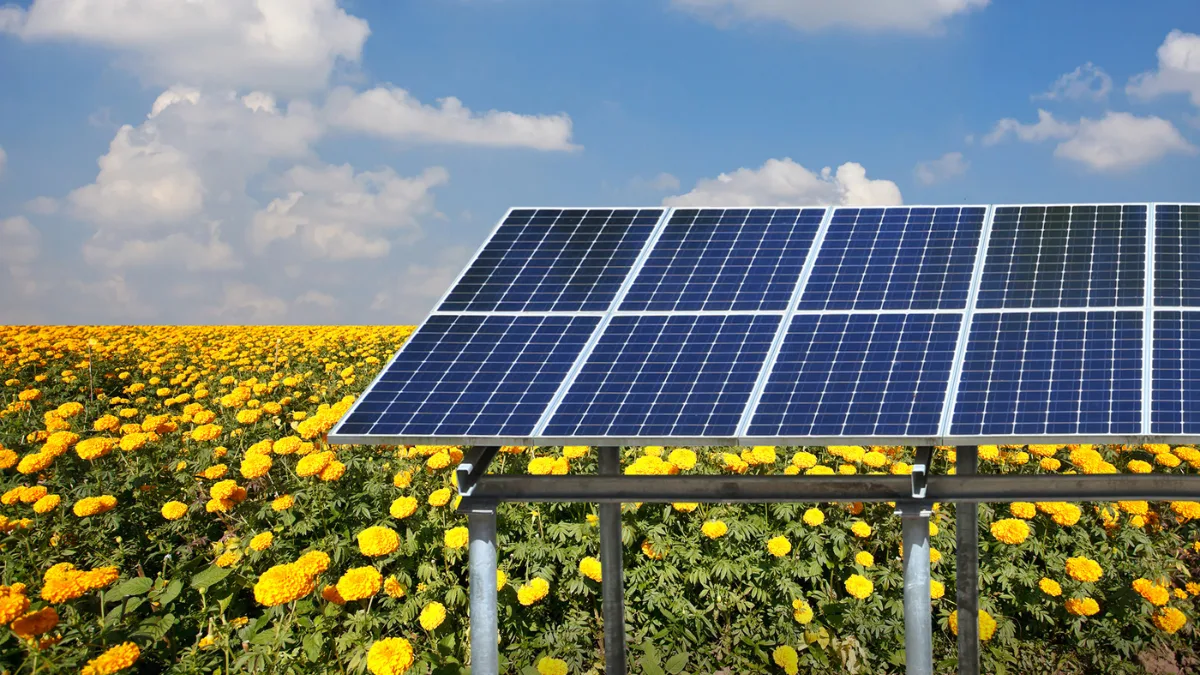
In a world facing rising energy costs, water scarcity, and the impacts of climate change, agriculture stands at a crossroads. Traditional farming methods, heavily dependent on fossil fuels and unreliable grid electricity, are increasingly unsustainable. But there's good news: solar energy is revolutionizing agriculture, providing clean, affordable, and reliable power for vital farming operations. Two of the most transformative innovations are solar pumps and solar irrigation systems .
Agricultural solar applications refer to the use of solar energy in various farming processes. These systems harness sunlight using photovoltaic (PV) panels and convert it into electricity to power equipment such as water pumps, irrigation systems, electric fences, and even cold storage units. Among these, solar water pumps and solar-powered irrigation systems are gaining widespread popularity due to their direct impact on water accessibility and crop productivity.
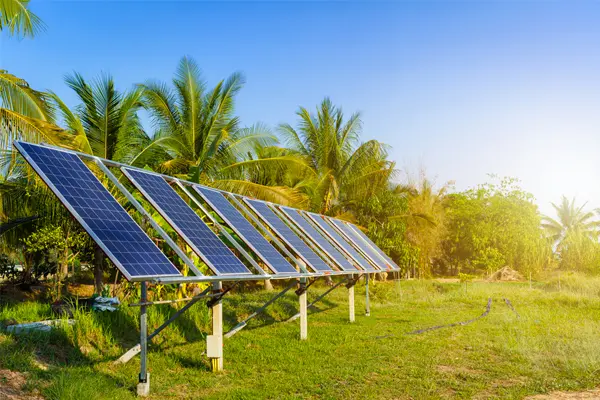
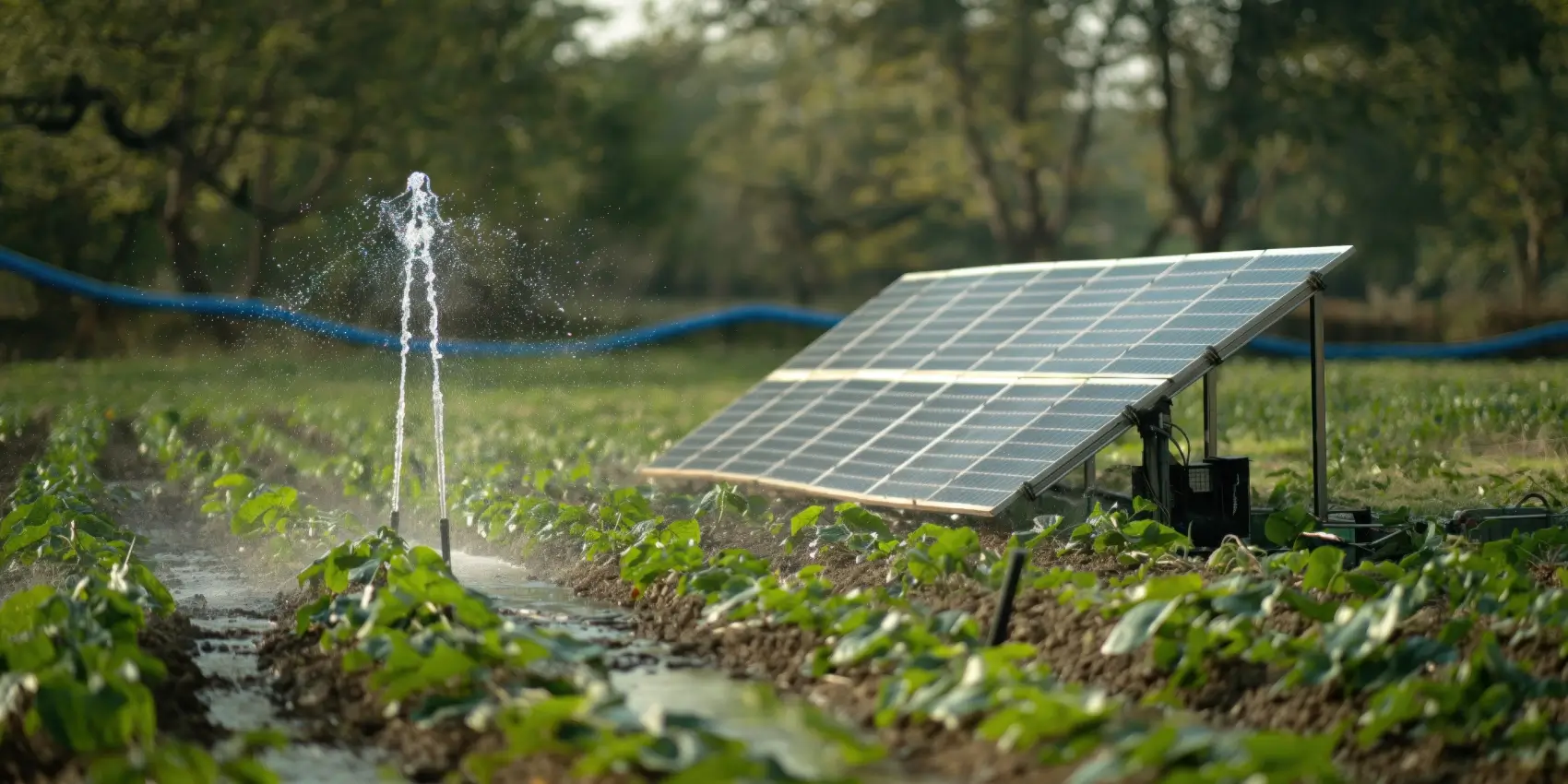
Solar pumps use solar panels to generate electricity, which powers an electric pump to draw water from a well, river, or borehole. The water is then stored in a tank or distributed directly to the fields.
Key Benefits
Once installed, operational costs are minimal since solar energy is free.
Reduces reliance on diesel or electricity from coal-based grids.
Ideal for remote areas where electricity access is limited or non-existent.
Fewer moving parts compared to diesel pumps, resulting in lower maintenance.

Suitable for shallow water sources like lakes and streams.
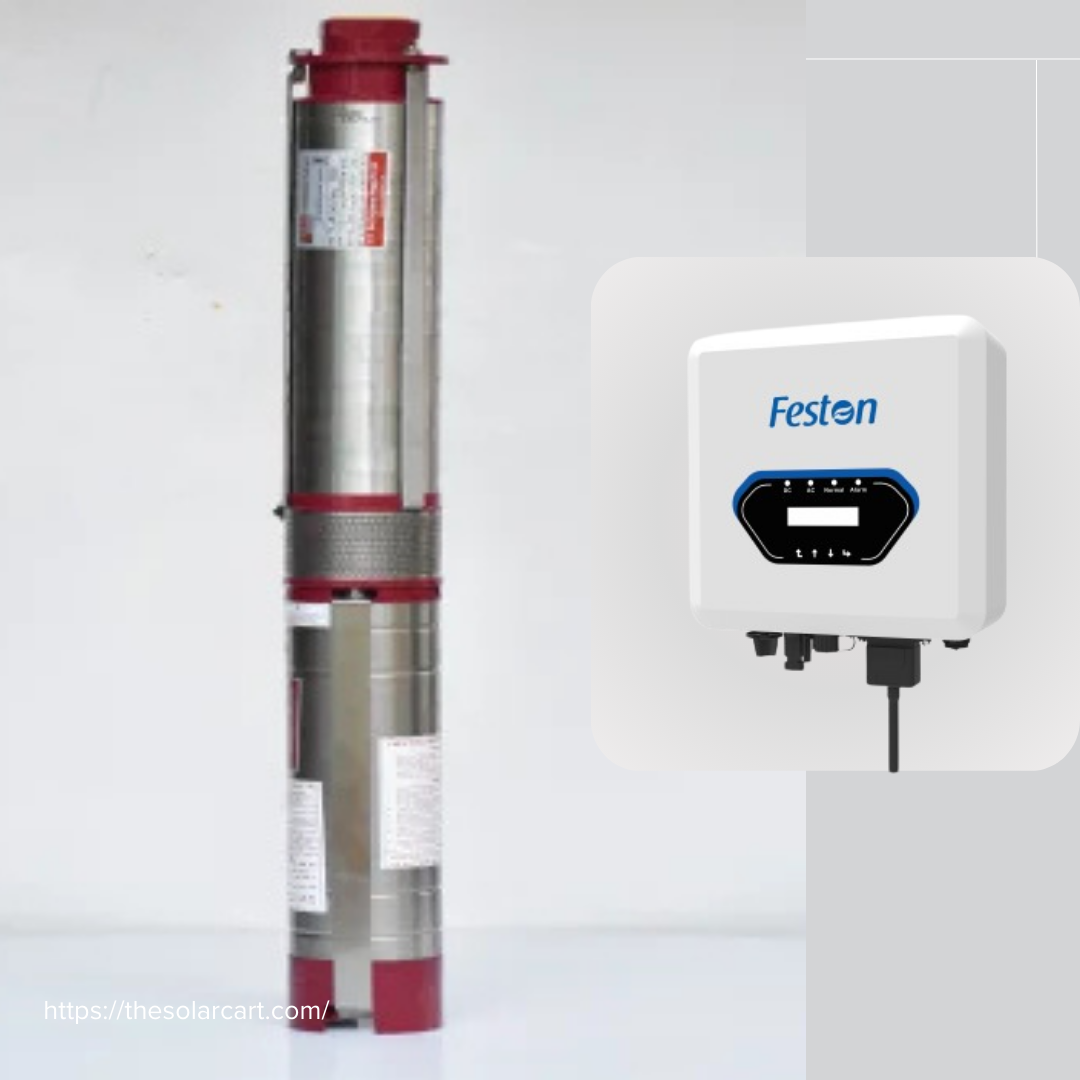
Designed for deep wells or boreholes.

Can be chosen based on the system size and application needs.
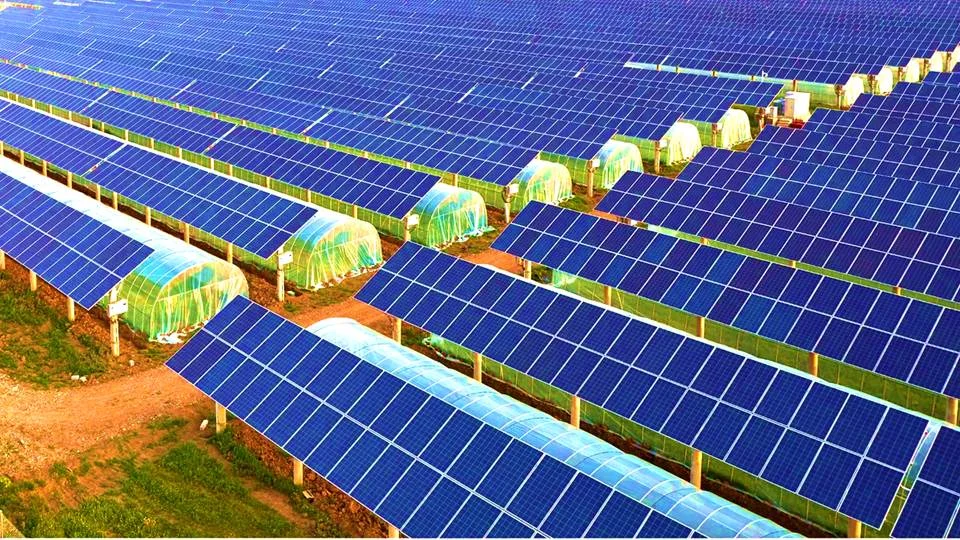
Solar irrigation uses solar energy to power irrigation systems, enabling the efficient delivery of water to crops. This can include drip, sprinkler, or flood irrigation methods.
Drip irrigation systems powered by solar energy can reduce water waste by up to 60–70%.
Reliable water access leads to healthier crops and more frequent planting cycles.
Systems can be tailored to smallholder farmers or scaled up for commercial operations.
Farmers become less vulnerable to fuel price fluctuations and power outages.
Advanced solar irrigation systems can be integrated with moisture sensors and timers to automate watering schedules based on crop needs and weather conditions. This precision agriculture approach maximizes productivity while conserving resources.
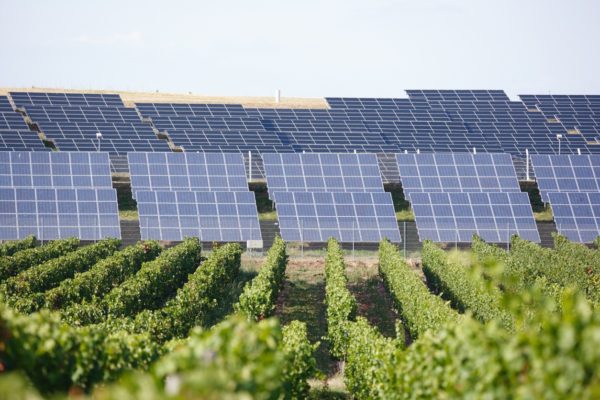

In regions like Sub-Saharan Africa, South Asia, and parts of Latin America, solar-powered pumps and irrigation have empowered farmers to irrigate during dry seasons, increase harvests, and boost their incomes. Governments and NGOs are increasingly supporting solar agriculture initiatives through subsidies, training programs, and low-interest financing—recognizing the role these technologies play in food security and sustainable development.
While the benefits are significant, some challenges remain:
Fortunately, innovations in solar technology and financing models (like pay-as-you-go systems) are addressing these issues and making solar agriculture more accessible than ever.